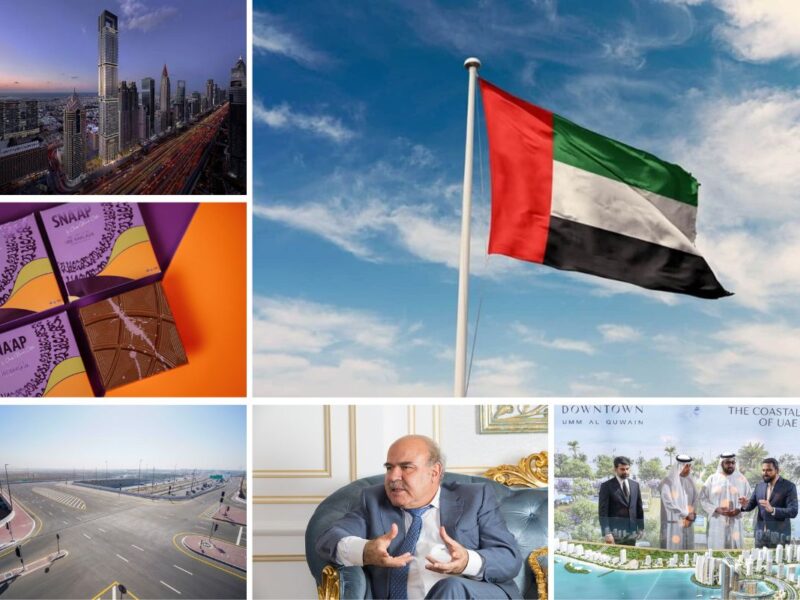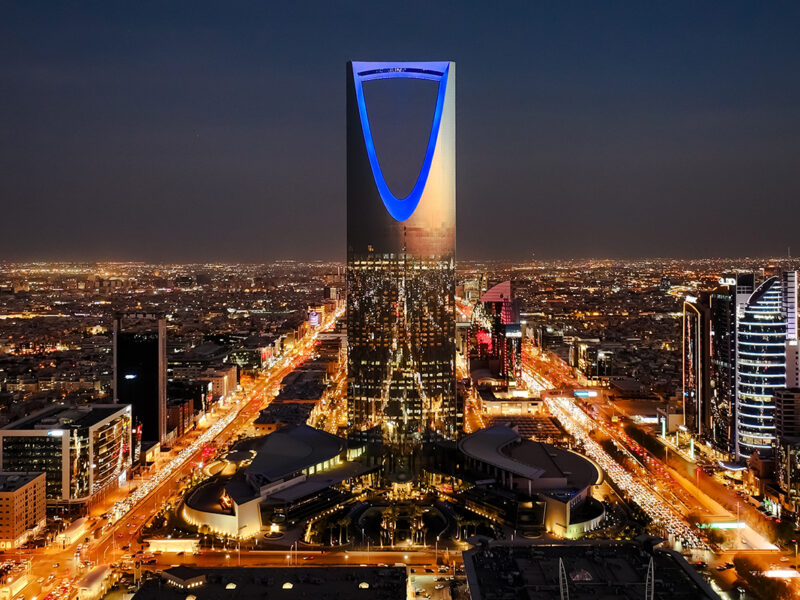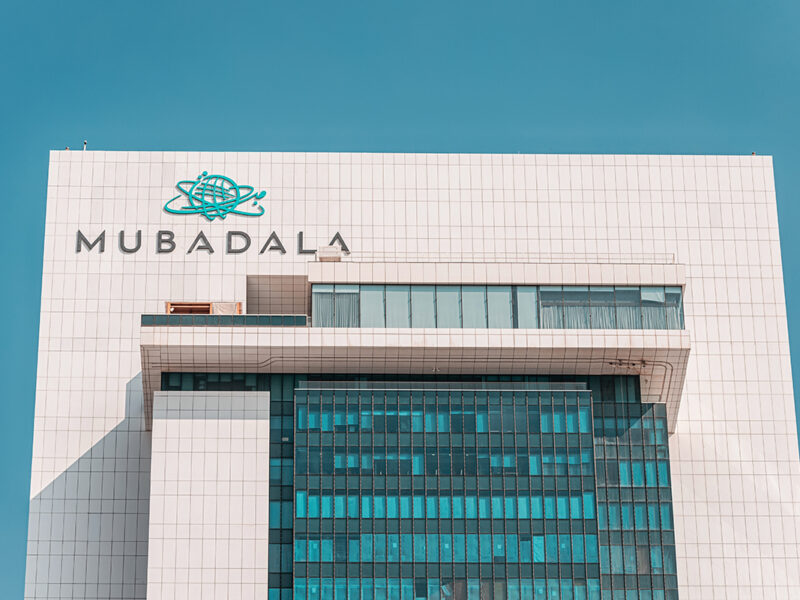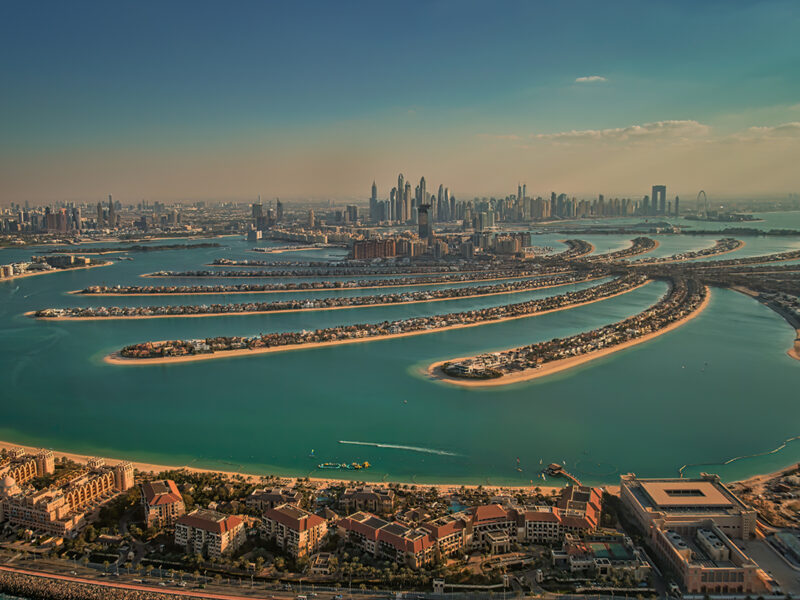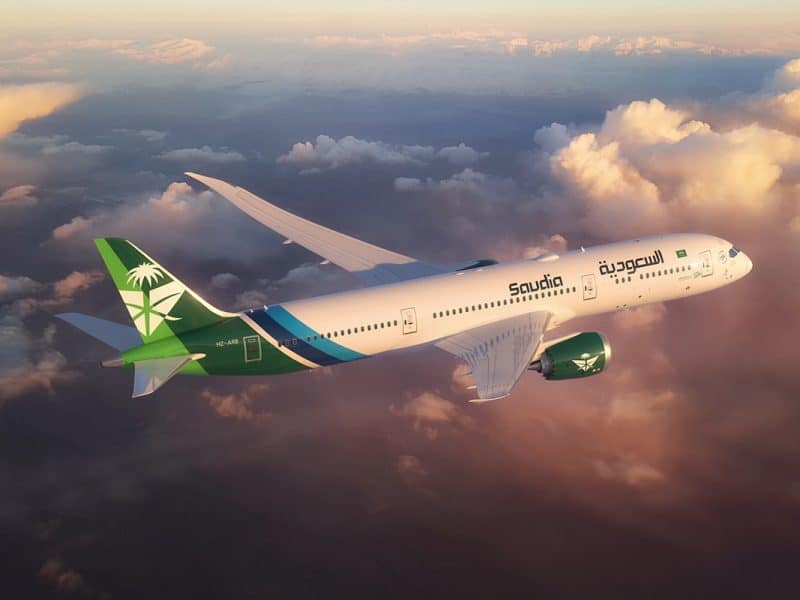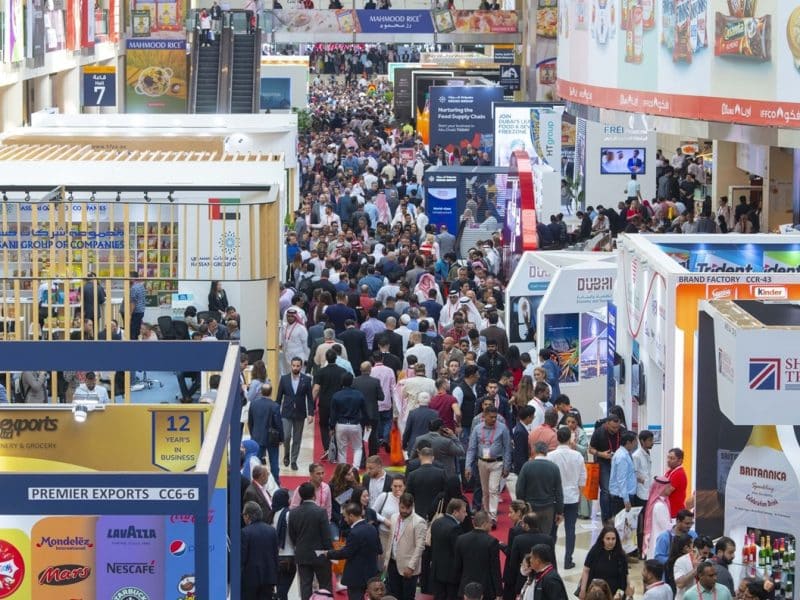Visit Madame Tussauds in London and part of your $45 entrance fee goes, indirectly, into the coffers of the Dubai Government.
Likewise US department store, Barneys, is more than happy to bend the rules and deliver its designer goods halfway round the world to a Middle Eastern PO Box. Why? Because both are investee Companies, and examples of the rapidly expanding geographic reach of Middle East based Sovereign Wealth Funds (SWFs).
With US$2.5 trillion in assets and US$75bn in transactions in 2007, SWFs are changing the global financial landscape. While SWFs have been making investments for decades, fuelled by petro-dollars the scale and diversity of these across the asset classes is now rising dramatically.
Over the past four months alone, Middle Eastern SWFs have invested an estimated US$18bn in Europe and the US, including the US$7.5bn ploughed into Citigroup by the Abu Dhabi Investment Authority (ADIA) and investments of US$4.5bn by Kuwait Investment Authority (KIA) in Merrill Lynch and Citigroup.
Factor in Qatar Investment Authority’s recent 25% investment into UK supermarket giant Sainsburys and Dubai International Capital’s investment into Sony, and all of a sudden the gulf between the Middle East and the rest of the world is considerably narrowed.
SWFs have now replaced private equity funds as providers of capital lifelines to balance-sheet ravaged financial institutions. But only to a point. There has been a marked rise in protectionist sentiment by overseas governments amidst allegations of a lack of transparency and the potential use of funds for political advantage.
Unlike private equity funds, it is argued that SWFs, often acting as both investor and regulator, do not have to answer to either shareholders or regulatory bodies. As a result there is an increasingly uneasy relationship between SWFs as a key funding source in today’s credit-starved market and calls from the West for increased transparency.
Three years ago most of Wall Street hadn’t heard of Dubai. Today, they talk of little else. Late last year the US Treasury Department announced new oversight powers to ‘better insulate the US from state sponsored investments that might be used as foreign policy tools.’
This response stemmed from the protectionist frenzy following the 2006 attempt by DP World, an investment fund run by the Dubai Government, to acquire several US ports as part of its P&O acquisition.
Despite the fanfare and nationalistic rhetoric of the US, the subsequent disposal of the US ports was a clear indication of SWF pragmatism and that the acquisition was commercially and not politically motivated.
To date SWF acquisitions have, on balance, been passive investments, serving to assist reallocation of global assets. This reality differs from the perception of the SWF as a foreign policy tool.
Minority stakes rarely entitle the acquirer to significant voting rights, and even where a board seat is granted, as was the case when Olayan, a Saudi based investment group, bought a 3.4% stake in Credit Suisse, this can hardly be said to pose a significant threat to the global geopolitical balance.
This by no means set a precedent, and indeed more often than not SWFs, such as the KIA and ADIA, do not seek controlling investment stakes as part of their acquisition strategies.
In a recent letter to the US Treasury and the G7 industrialized nations, Yousef Al Otaiba, Abu Dhabi’s director of International Affairs, sought to spell out the key principles under which Abu Dhabi’s SWFs invest. He wrote that the emirate “has never and will never use its investments as a foreign policy tool.”
He explained that Abu Dhabi entities are “predominantly passive entities” favouring “small stakes … that involve no control and no involvement in the management or direction of firms.” Though many had hoped that further details on investment strategy would be provided, this is clearly a positive first step towards transparent disclosure.
Whilst SWFs can create a unique set of national security issues, to date the benefits of their investments appear to have far outweighed the concerns surrounding them. As long term investors, they are less likely to alter asset allocations in the face of short term capital volatility. Indeed, it would appear that the very opposite is the case with SWFs making investments into companies and countries where capital injections are desperately needed.
SWFs have become a fundamental part of the global financial economy. With oil at record prices, they provide a mechanism for recycling liquidity back into oil-importing economies. With an expected US$13.4 trillion of assets by 2017, and a current capital market starved of funds, it is only a matter of time before SWFs make larger investments across an even wider range of geographies and industries.
As SWF investments grow, so will the debate and discussion that surrounds the uneasy relationship between Western demands for transparency and the capital lifelines SWFs provide. Financial white knights for many, veiled corporate raiders to others, this can only be the beginning of a far bigger, and more influential, SWF story.
Andrew Nichol is an Assistant Vice President at NBK Capital, a regional investment bank that employs 120 experienced finance professionals across the region in offices in Kuwait, Istanbul and Dubai. The views expressed in this article are those of the author, and do not necessarily reflect those of NBK Capital.

